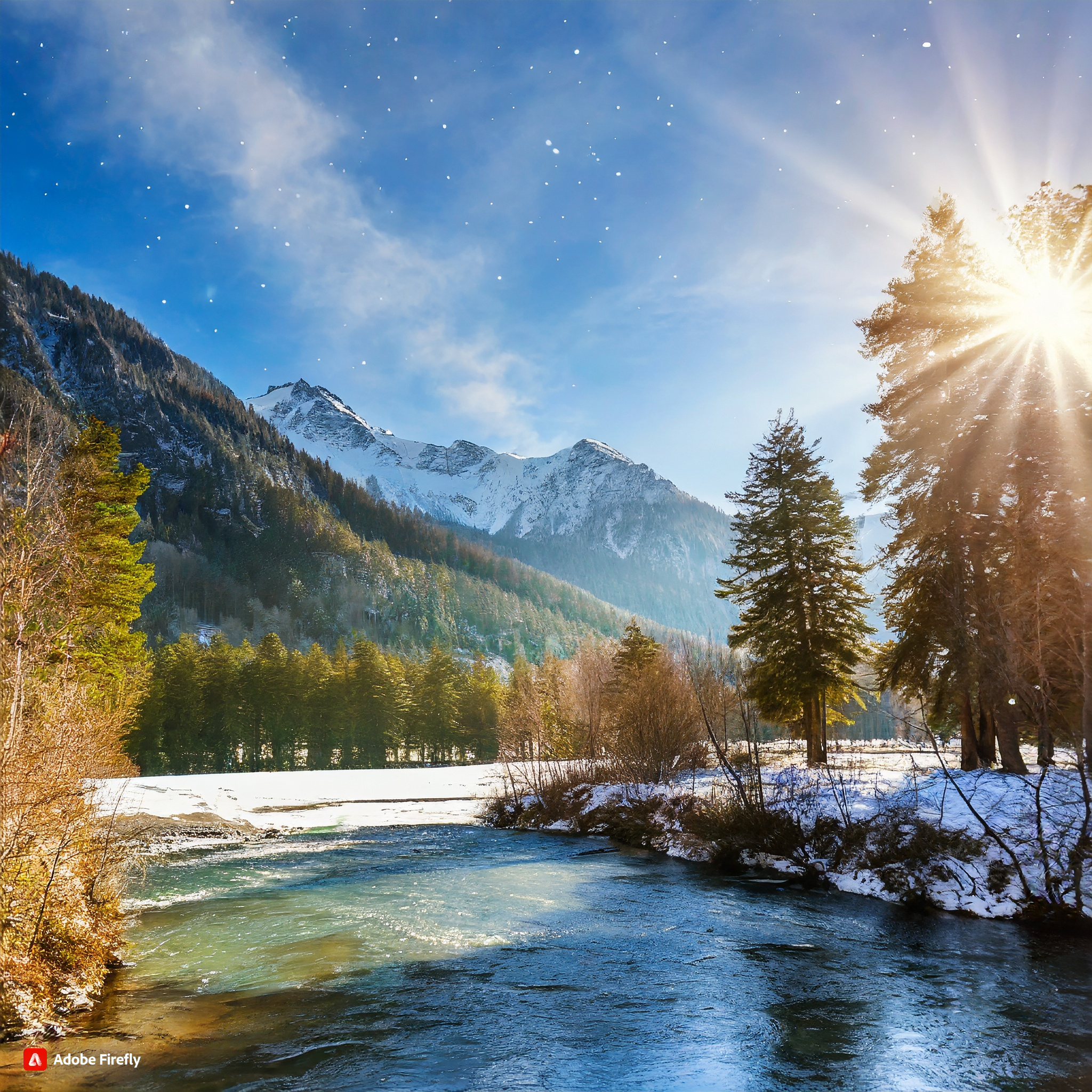While it may prove challenging to embark on a vacation in the current era without encountering bustling crowds, there remain remarkably secluded and untarnished destinations to discover, far from the madding crowd. From the breathtaking valleys of Albania to the wildlife-abundant bays of Antarctica, here are some of the most pristine and remote places on Earth to admire.
Nunavut, Canada

Although this ancient northern terrain has endured for millennia, it officially became a Canadian territory in 1999. Nunavut, one of Canada’s coldest and least densely populated regions, houses just under 39,000 people, constituting around 0.1% of the country’s population. Despite its vastness—roughly equivalent to the size of Western Europe—Nunavut’s stunning landscapes remain mostly pristine. This wilderness serves as the habitat for a wealth of wildlife, including polar bears, walruses, beluga whales, muskox, and freely roaming packs of Arctic wolves.
Daintree National Park, Queensland, Australia
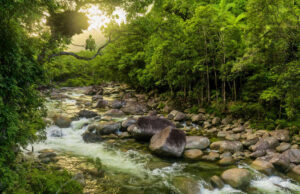
Established in 1981, this national park attained World Heritage Site status in 1988, recognized for its extraordinary biodiversity. Housing a 110-million-year-old rainforest, it stands as one of the world’s oldest ecosystems, largely unaltered over the years. The park boasts an impressive array of features, including thousands of plant species, a diverse assembly of 430 bird species, and trees exceeding 2,500 years in age, some of which were once believed to be extinct.
Seychelles
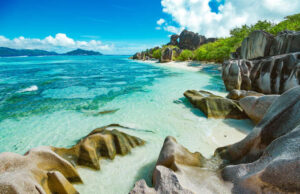
Comprising 115 islands, this Indian Ocean nation is a haven for pristine natural wonders. Approximately 50% of its land is dedicated to conservation, making it a global leader in safeguarding endangered species. The untouched beaches and jungles of Seychelles support some of the world’s largest seabird colonies, including the protected national bird, the Seychelles black parrot. The country’s commitment to preservation contributes to the flourishing biodiversity found in its unspoiled landscapes.
Fiordland, New Zealand
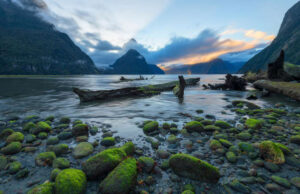
Characterized by imposing snow-capped mountains, deep lakes, and cascading waterfalls, Fiordland has remained largely unaltered due to the absence of a substantial permanent population. Even the indigenous Maori people only frequented this region of New Zealand for hunting, fishing, and gathering precious jade stone. Hosting Milford Sound, one of New Zealand’s renowned fiords, Fiordland stands as the country’s largest national park and ranks among the world’s largest.
Bhutan
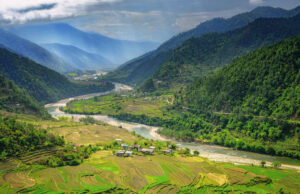
While the iconic Tiger’s Nest monastery in Bhutan is widely recognized, the majority of the country remains largely untouched by the influences of modern life. Enshrined in the constitution is the mandate that 60% of its land must be under forest cover at all times, with over 51% of the entire country designated as protected—an unparalleled percentage in Asia. Bhutan’s pristine forests establish it as a biodiversity hotspot, offering a habitat for various species, including red pandas, wild pigs, snow leopards, and Himalayan black bears.
The Galápagos Islands, Ecuador
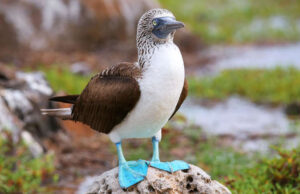
Situated 605 miles (973 km) west of the Ecuadorian coast, the Galápagos is a secluded archipelago renowned for inspiring Charles Darwin’s “Origin of the Species.” The wildlife diversity on these islands is staggering, with inhabitants adapting to the harsh and remote environment. Hosting more than 300 reptile species, the Galápagos is a sanctuary for unique creatures, including the iconic Blue-Footed Booby, with 50% of the world’s breeding pairs calling this archipelago home.
Tsingy de Bemaraha Strict Nature Reserve, Madagascar
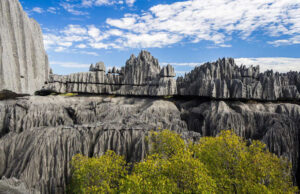
The term “tsingy” translates to “the place where one cannot walk,” a fitting name for the formidable terrain it describes. The Tsingy de Bemaraha, Madagascar’s vast plateau of limestone karst pinnacles, remains largely untouched by human activity, save for a few established trails and bridges. These formations, dating back approximately 200 million years, are situated within a reserve that encompasses undisturbed forests, lakes, mangrove swamps, and canyons, providing an ideal habitat for diverse wildlife. The area is home to 11 different species of lemurs and boasts 45 endemic species of reptiles.
The Ifugao rice terraces, the Philippines
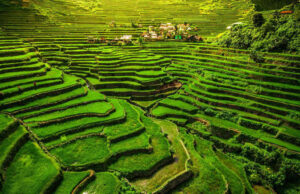
Crafted by hand into the mountains around 2,000 years ago, the rice terraces in the Ifugao province of the Philippines are awe-inspiringly spectacular. Comprising five extensive terraces recognized by UNESCO, these structures extend hundreds of feet into the air. According to local tradition, combining all the paddies end to end would span halfway around the Earth. Remarkably, the rice fields and the way of life for the local people have persevered largely unchanged for centuries.

